
A brief bit of background:
Planet Drum’s local collaborator from the Astillero Community Greenhouse, José María happens to be the father of another good friend: Chino. Chino is a jack of all trades, who happens to work for Flor María and her son Patricio Tamaríz. Patricio and Flor María were two of Peter Berg’s original contacts in Bahía de Caráquez from before Planet Drum had even established a field office and year-round ecological restoration and education projects. Patricio and Flor María own a pre-colonial archeological treasure with a resort located ~5 kilometers (3 miles) south of Bahía known as Chirije.
One day, José María invited us, with Chino as our truck driver, to visit Chirije and explore lost traditions through adventures in archeology. Upon arrival, two men were fixing the resort’s entrance ramp, which is battered by waves at each high tide (i.e. twice a day) and appears to be falling apart faster than it can be repaired.

Chirije was envisioned to be an upscale resort for adventurous and archeologically-minded people. Due to logistical difficulties, such as only being able to arrive via the beach at low tide, dwindling tourist interest, and adversities such as a major earthquake in April, 2016, Chirije presently is devoid of regular tourist traffic and appears partially abandoned.

Our tour began with a short, but very steep hike from the beach up to the ridgeline of the coastal hills behind the lodges. Clouds of sea mist blew through moss dangling from the branches of Ceibo, Palo Santo, and Seca trees. We passed two “albarradas”, which are indigenous water collection ponds located sporadically throughout the hillsides of the region, many of which are still identifiable today. Water was collected in albarradas during the rainy season to last through the dry season.
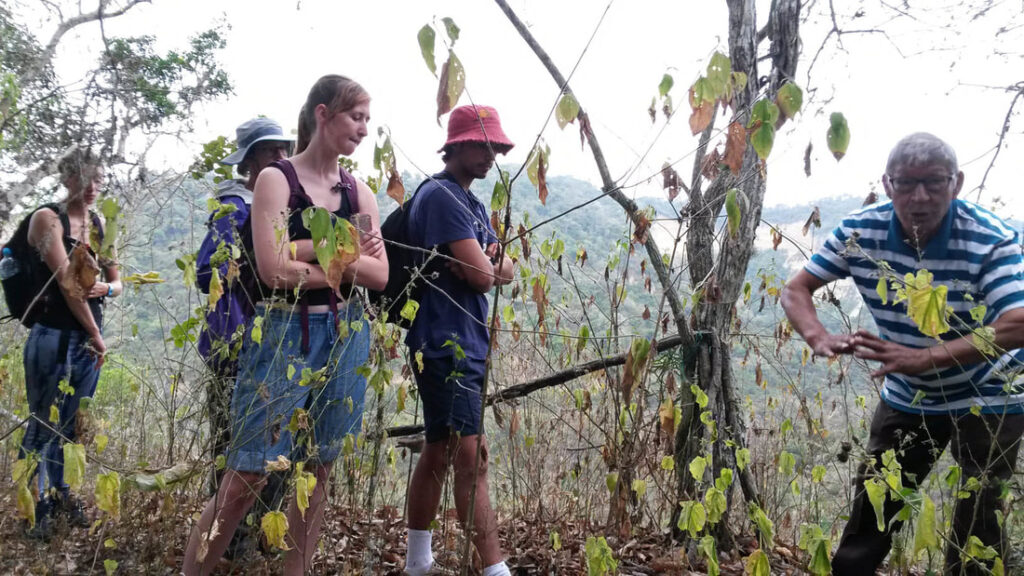
José María apparently is (or at one point used to be) an amateur archeologist. Along the hike he recounted stories of his past endeavors in the hills near Chirije such as building and running a large brick-making factory (accessible only via the beach during low-tide), which was stymied by massive mudslides during the 1982 El Niño Phenomenon, and his interest in archeology. He explained indigenous traditions, societies, and their practices based on what he had learned by studying archeology and his own excavations.
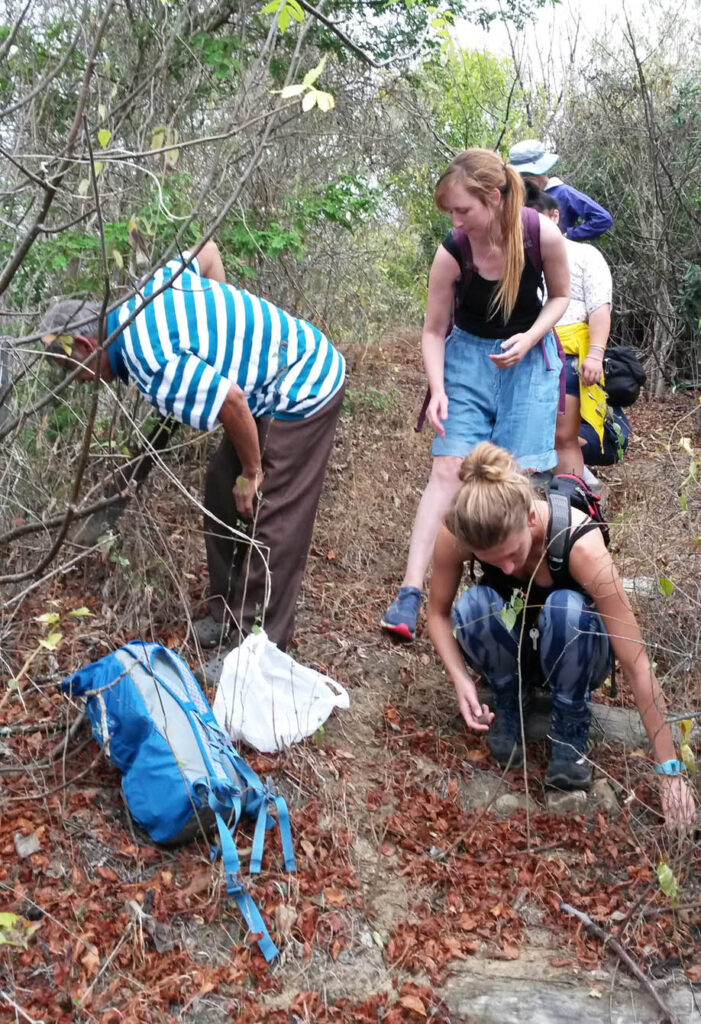
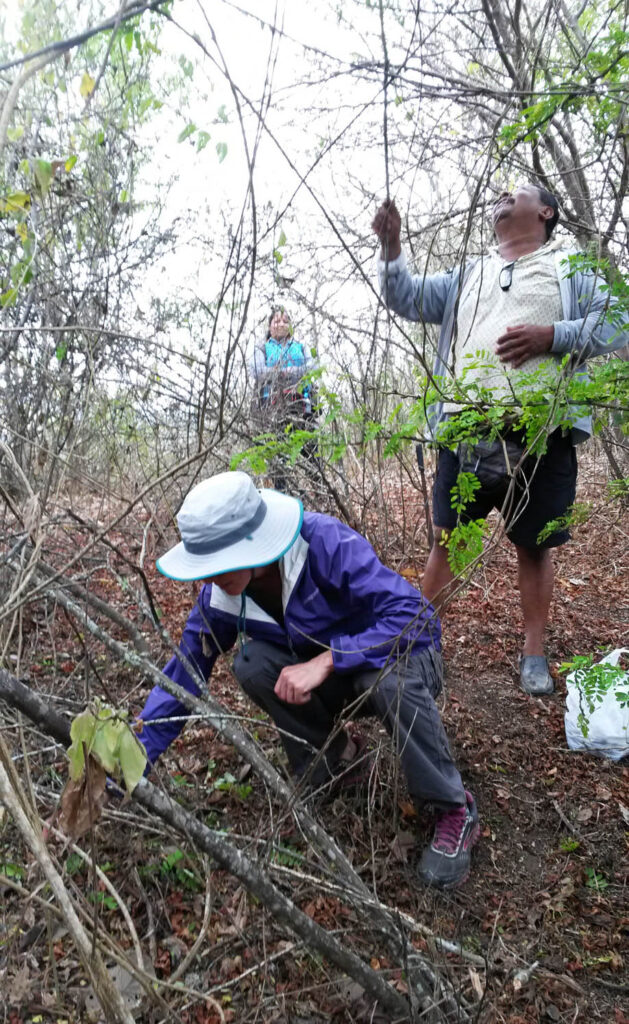
On the way down the hill, we stopped to collect seeds from the Seca trees. The seeds of Seca trees are popular food for squirrels and deer. Squirrels had already eaten their way through a significant portion of the seeds, but after shaking the seeds down from the trees and collecting what we could find from the ground, we managed to fill two bags with approximately six kilos (13 lbs) of seeds.
When we got back down from the hike, the caretaker had opened the archeology museum for us to visit. The museum is a bamboo and thatch building that is constructed on top of an archeological cut into the adjacent hillside. It is possible to see the pieces of clay pots and artifacts sticking out of the ground in their original positions where they were uncovered. There are also several glass cases with exhibitions. According to José María, many of the pieces were found by him and donated to the museum. Holding the artifacts up for us to inspect, he continued to explain various indigenous traditions and customs.
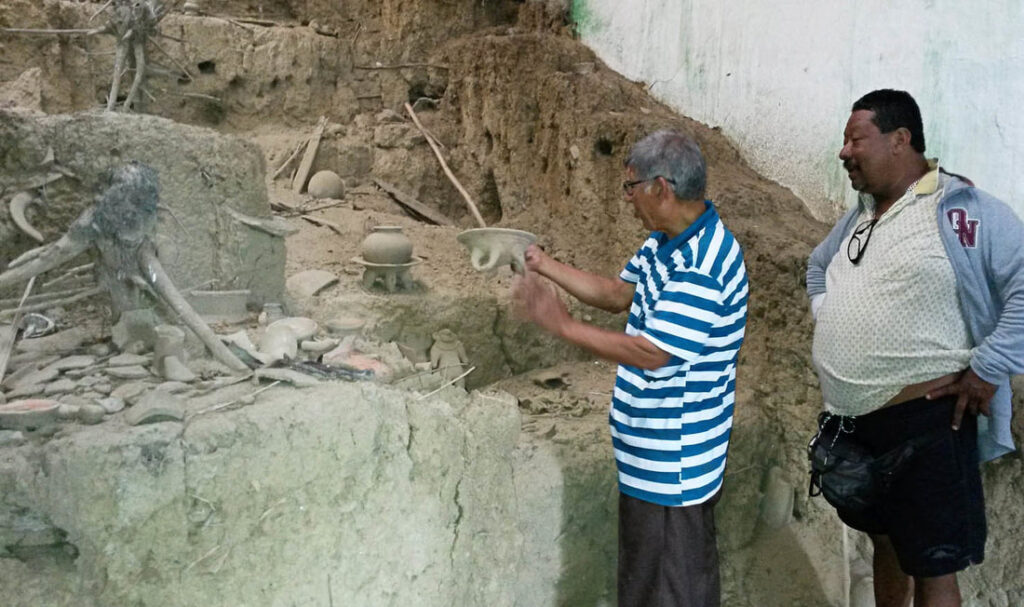

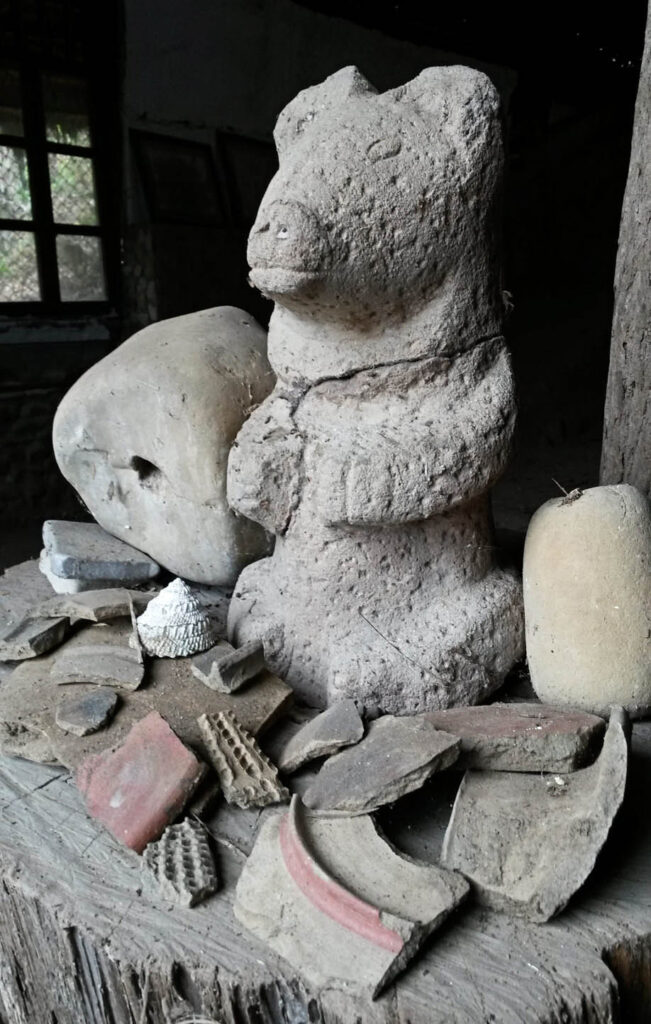
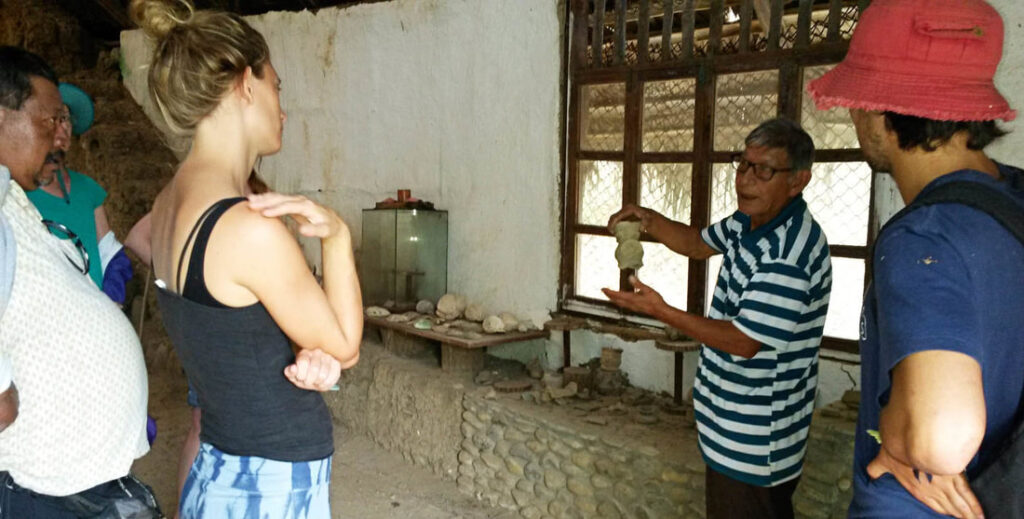
Once we walked out of the museum, we were told we had to return to Bahía because the tide was already on its way up. So we jumped into Chino’s truck and headed back home.
Text and photos by Clay Plager-Unger.

Reader Interactions